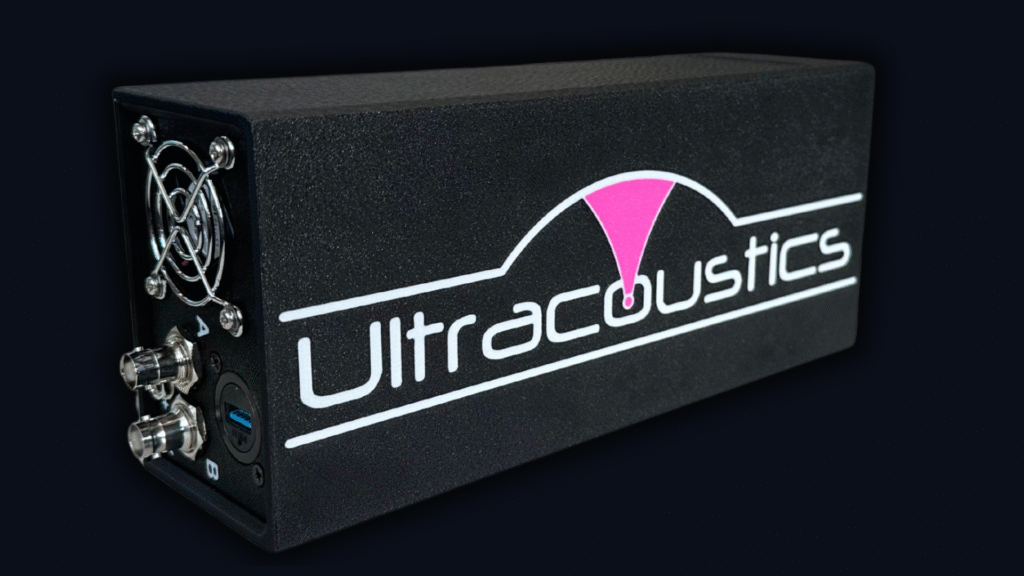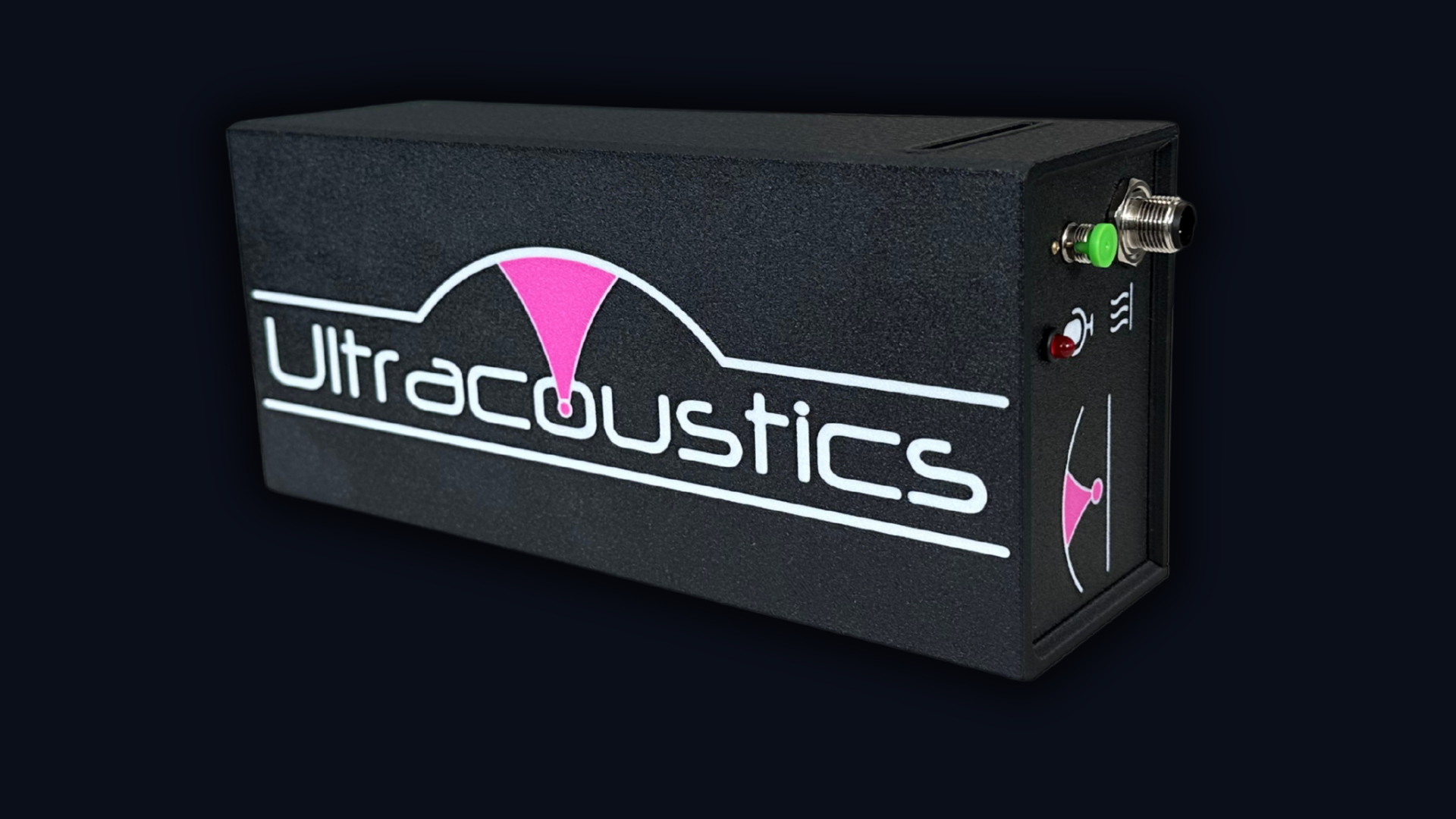BROADSONIC
Ultra-Sensitive Hearing
BROADSONIC detects signals up to 0x the frequency range of human hearing.

Ultrasensitive Laser Microphone for High-Frequency Acoustics
How BROADSONIC Works
Unlike traditional microphones that rely on electronics to detect sound, BROADSONIC uses light. At the core of the microphone head is a miniature optical membrane, highly sensitive to incoming acoustic waves. This membrane is optically linked via fiber to the readout unit, enabling remote, non-contact sensing.
The readout module contains a highly stable, low-noise, fiber-coupled laser that tracks sub-nanometer membrane deflections — translating acoustic vibrations into precise optical signals. These signals are then digitized and transmitted to an external computer via USB.
One of the key challenges with optical systems is their sensitivity to environmental changes, especially temperature. BROADSONIC overcomes this with integrated thermal compensation mechanisms, also based on optical feedback, ensuring reliable performance across a wide range of conditions.
Because both the sensing and compensation systems are entirely optical, the microphone head is inherently safe for use in explosive environments and fully immune to electromagnetic interference (EMI).
All of this is housed in a rugged, alignment-free system built for real-world industrial use. The result is a contact-free microphone with unmatched bandwidth, sensitivity, and reliability — detecting everything from low-frequency vibrations at 20 Hz to ultrasonic signals beyond 5 MHz.

0 – 5 MHz
100 μPa/Hz½
100 μm diameter
3 × 10⁻¹³ N
>60 degrees
FC/APC
1550 nm and 638 nm
6 W
12 V
USB

